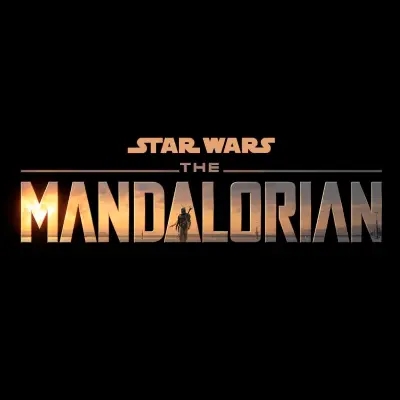The Mandalorian director Deborah Chow: "Everyone was in love with Baby Yoda"
-

Chow, who directed the third episode of the Disney+ Star Wars series, admits Baby Yoda "steals the show." "It’s very special," she tells Rolling Stone. "On set, you could feel it with the crew: Everyone was in love with Baby Yoda. We were hoping it would translate, and it did, happily. When you’ve got even tough grips who are falling in love with a little creature, you know that you have something. It was an amazing mix of visual effect and puppetry, and just getting to create something special that ended up feeling very human, and like a real living, breathing character. It’s definitely one of my favorite characters I’ve got to direct." What's it like to direct Baby Yoda? "We did so much on set, it was remarkable," says Chow. "The puppeteers were amazing. We would talk it through with them just like I was directing an actor. I just tried to focus on the emotion of what Baby was feeling at the moment, and not get into the technical. So I would say, 'The door opens, and now he’s scared. He looks to Mando for comfort.' We would just talk it through as if we were directing human beings, and go straight for the emotion of the baby."
ALSO:
- In defense of The Mandalorian's slow pace: "On the face of it, the series seems purposefully, even painfully, slow; it’s taken three episodes to get to a place in the narrative that seemed obvious from the cliffhanger at the end of the first installment, with the eponymous anti-hero finally deciding that, indeed, he’ll give up his life as-was to protect the child that was his bounty," says Graeme McMillan, adding: "In practice, though, the problem may be the format of the series, rather than the progression of the story to date. After all, although we’re three episodes into the series, the fact that the episodes are surprisingly short — ranging between 32 and 39 minutes in length — means that only 108 minutes has actually elapsed, with the actual narrative real estate significantly less, given that the end credits for each episode alone run over four minutes in length. Add in recaps and credits, and the actual amount of narrative runtime is closer to 92 or 93 minutes — equivalent to a network drama pilot, if that pilot was a double episode. Suddenly, the show doesn’t seem quite so slow anymore, does it?"
- Science explains why Baby Yoda has become a sensation: "How did the Star Wars concept designers hijack our emotions like this?" asks Jeva Lange. "By tapping into Kinderschema, a set of characteristics that were first described by the Austrian ethologist Konrad Lorenz and include 'large eyes relative to face,' 'rounded, protruding cheeks,' a 'rounded body shape,' and a "large" and 'rounded head.' These are also traits, of course, shared by human babies as well as puppies, kittens, and other things we think are soooo cuuuuute."
- The Mandalorian has especially connected with Star Wars fans who grew up with the original trilogy
- eBay has a lot of bootleg Baby Yoda items
- Presenting a Black Market Baby Yoda Gift Guide
- Here are the 10 cutest Baby Yoda memes
- What does it mean for Star Wars' future when Baby Yoda easily owns the internet?
TOPICS: Star Wars: The Mandalorian, Disney+, Deborah Chow, Marketing, Star Wars
